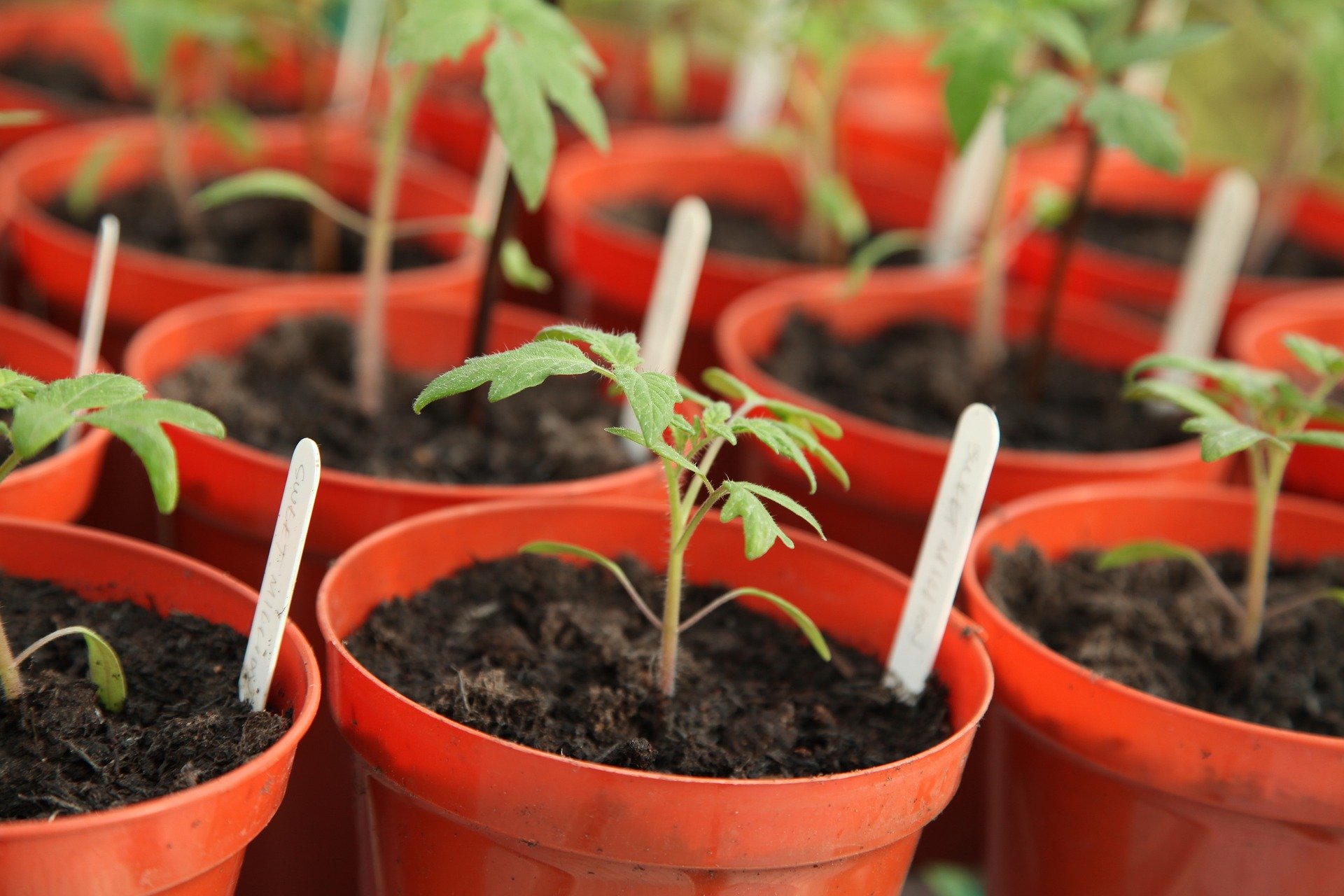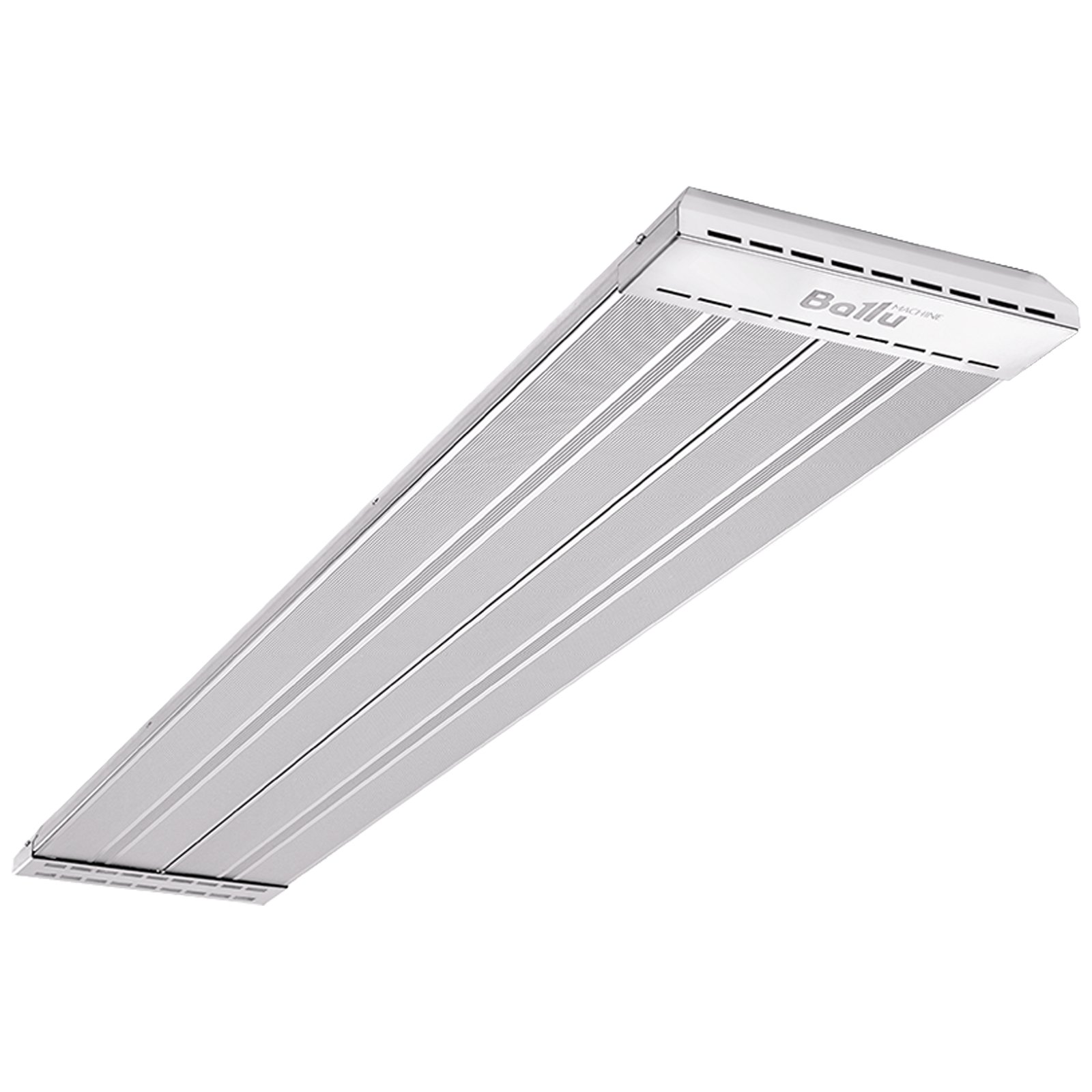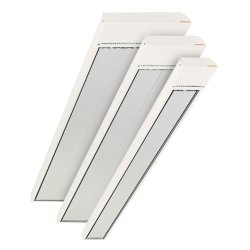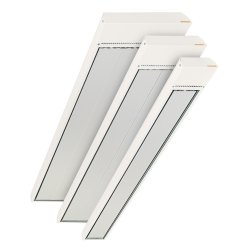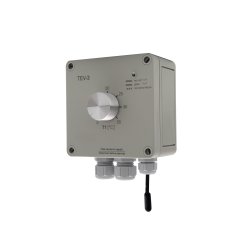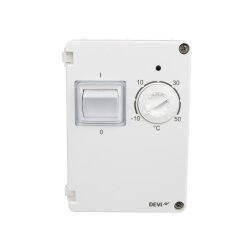Choosing the right heat source
Frost monitor
Frost monitors are usually simple paraffin heaters that are only intended to protect against frost. Although they are relatively inexpensive to purchase and operate, their range of applications is limited. The frost guards must be ignited manually and cannot be automated via a timer. In addition, precise temperature control is not possible.
Gas heating / gas cannon
Gas cannons have long been popular heating sources for greenhouses, as they are inexpensive to purchase and operate. However, as air is used as the heat transfer medium, the systems are less efficient. In addition, the operation of fans is often necessary to avoid stratification of the air. Manual ignition, regular checking of the gas cylinders and limited temperature control are among the limitations of such solutions.
Solar heating
A distinction is made between solar thermal and photovoltaic solar heating systems. With solar thermal energy, (rain) water is heated in collectors and released again via convection heaters. With photovoltaics, the energy generated is stored in batteries and can later be released via electric heaters. Although the operating costs of these solutions are low, the initial costs are very high. In addition, a lot of space is required as they cannot usually be installed on the roof of the greenhouse, as this would obstruct the sunlight reaching the plants.
Electric infrared dark heaters
Infrared dark heaters, which are inexpensive to purchase and quick to install, are an ideal solution. The infrared radiation generated has a similar effect to solar radiation, which primarily heats the plants and the soil, but not the air. Thermostats allow precise time and temperature control so that a plant-friendly climate can be realised, even with different zones if required.

 Deutsch
Deutsch

